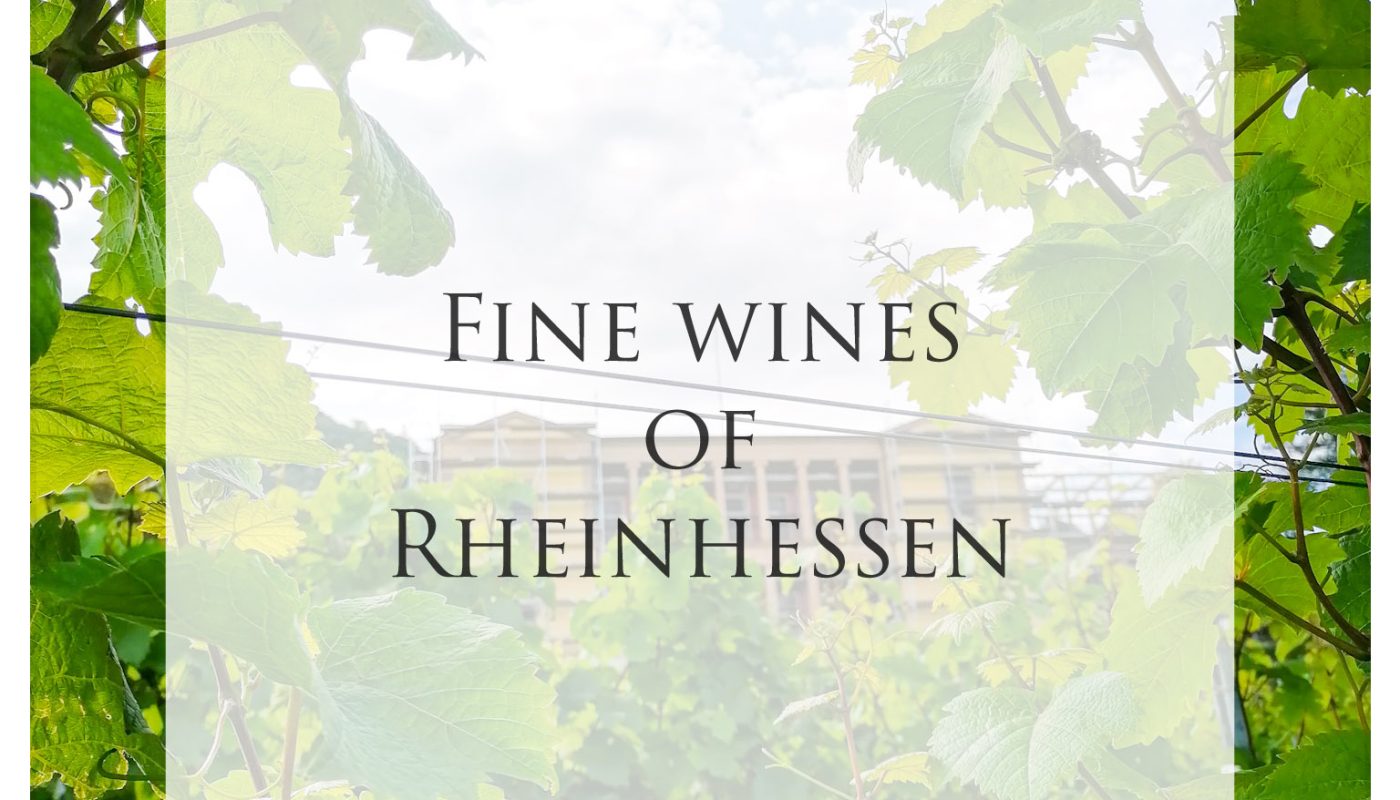Do you know what Liebfrauenmilch is?
And why Riesling has become an indispensable part of any good wine list?
A small spot in the southwest of Germany, is not only my home, but also the home of numerous famous grape varieties. Did you know that there is already in the year 742 first mention of the winegrowing in Rheinhessen? Viticulture flourished in the Middle Ages and so did the prominence of the Rheinhessen region. Due to its gentle hills and relatively mild climate, the region was able to make a name for itself throughout Europe. Probably you have also tasted a Riesling at some point in your life. In the city of Worms you can find the so-called “Liebfrauenmilch”, a Riesling that was long considered the best and most expensive wine ever. The vineyards around the Liebfrauen church in Worms, today belong to the wine trading house Valckenberg the best known in the region.
But why is viticulture in Rheinhessen so successful?
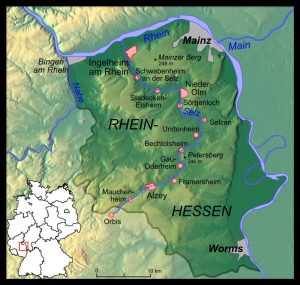
Rheinhessen is the largest wine-growing region in Germany, stretching from Bingen in the north, through the regional capital of Mainz, and south to Worms.
The climate plays into the hands of the vintners, usually it is dry and warm in the area with just enough water to irrigate the vineyards. The soil composition (marl and clay) also helps store a lot of water while the sun shines down overhead (about 1600 hours of sunshine a year).
What grape varieties and wines do you know from this region?

Riesling is probably the best known, as the region is particularly famous for its white wines and red wines are actually grown more in recent years.
The elegance that Riesling brings with it is unparalleled. Many have often already low volume percent alcohol which makes them a pleasant companion through the evening. The interplay of sweetness and acidity makes the Riesling appear multifaceted and always holds a positive surprise.
Due to the age of the grape variety, its origin cannot be precisely determined, but what has been established is that Riesling carries a part of the white wine variety Heunisch, which was most present in Central Europe especially in the Middle Ages. Through them, the wine got its recognizable acidity, which still inspires fans today. The second origin can be found in Traminer, even if the minds intersect here. However, from a character point of view, Traminer and Riesling are not close in terms of aromatic richness and longevity.
What makes the cultivation of Riesling so attractive is its winter frost resistance, its range of quality and that this grape variety is less susceptible to drought. On the other hand, it makes high demands on the quality of the soil. Also, the individual vines are susceptible to stem and berry rot, as well as to great heat. Another risk that one has in the cultivation of Riesling vines is that the variety ripens late.
Grab a bottle and taste for yourself!
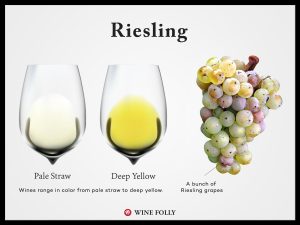
A Riesling can be recognized in its youth by its greenish yellow color, with age the wine changes to a golden yellow hue. Words that wine connoisseurs would use to describe Riesling would probably be “fruity-racy”, “lively”, “fresh” or even “mineral”. The Riesling stands out primarily by its acidity, while fruit aromas determine the character of the wine, tending to find here especially an apple or peach note. If the Riesling reaches the high age, it gets a “petroleum” note, also a note of almond can then be found in the wine.
Of course, the pure taste of the bottle you may have in front of you depends on the philosophy of the winemaker, the exact location of the vineyards and the soil conditions, because a Riesling will always reflect its environment and the conditions under which it was created. Connoisseurs can already tell from the smell of the Riesling what the soil conditions were like on which the vine was planted.
And if you haven’t had enough of Riesling for the main course, you can also enjoy it as a dessert wine, because Riesling is often continued as a dessert wine, in the form of an ice wine, a Trockenbeerenauslese or through a noble rot. Are you interested in learning more about these varieties? – Then please let me know.
Secondly, I would like to introduce you to a red wine.
The cultivation of red wine in Rheinhessen has only found momentum a few years ago.
The Burgundy friends among you will be happy now. An unknown relative of the Burgundy family is the St. Laurent.
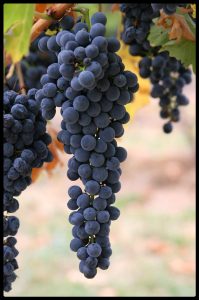
First mentioned in 1860 at the Klosterneuburg Monastery in Austria, St. Laurent is still a relatively common wine in Austria today. In Germany, however, the grape variety was almost non-existent until the 1950s. From then on, however, it gained popularity, especially in the Rheinhessen region.
The St. Laurent ranks between the Portugieser and the Pinot Noir. Not too unpretentious, but also not too high quality. An intense aroma of wild berries and sour cherry is particularly characteristic of the St. Laurent. These are often complemented by hints of bitter chocolate or coffee. Characteristic is also its deep red color, which can go up to violet. Basically, the wine can also be characterized by its fine acidity. The acidity is moderated by the long ripening process on the vine and thus the production is very much tied to the weather. On the tongue, however, its full aroma unfolds and the wine appears almost velvety. The wine is often aged in barrique barrels. Here there is a refinement of the tannin flavor, which gives the wine its distinctive depth.
What demands does the St. Laurent make on its environment?
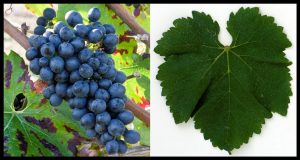
This grape variety likes especially deep and calcareous fertile soils. One can almost say that it is undemanding. Nevertheless, it ripens very early and is extremely sensitive to frost. Therefore, St. Laurent can be found only at medium altitudes.
It is a rare drop and not infrequently one pays corresponding prices for it. Thus, the St. Laurent becomes the secret star among the red wines, since it is not one of the everyday drops that flow into the glass, but a true rarity.
Next time we will travel further to France, more precisely to the north. In Alsace, we will explore the treasures of the Alsatian winegrowers.
______________________________________________________________________
Sources Riesling
Sources St. Laurent
_______________________________________________________________________
If you don’t know which journey we are on have a look at here:
Welcome to a deep dive into the finest wines
